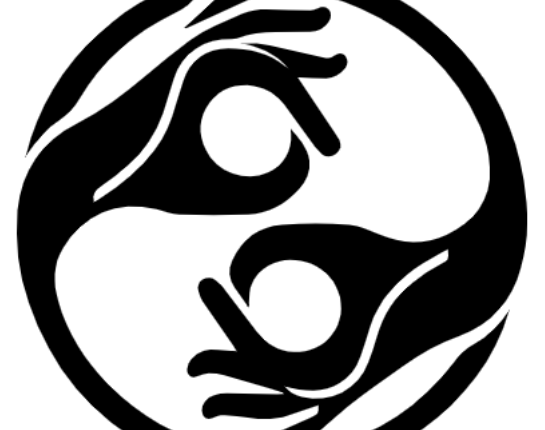Does the Universe Have a Limit? Exploring the Boundaries of Existence
The universe. Just the word evokes a sense of awe and wonder. Does the universe have a limit? It’s a question that has plagued humankind for centuries, inspiring countless myths, philosophical debates, and scientific inquiries. In this exploration, we’ll delve into the complexities of this age-old question, examining what we know, what we suspect, and what remains shrouded in the mysteries of the cosmos.
Understanding the Question: What Do We Mean by “Limit”?
Before we tackle the question of whether the universe has a limit, let’s clarify what we mean by “limit.” Are we talking about a physical edge, like the wall of a room? Or are we talking about a conceptual boundary, beyond which our current understanding of physics breaks down? The answer, as you might expect, isn’t straightforward.
Physical Limits: The Observable Universe
The observable universe is the portion of the cosmos we can currently see. It’s defined by the distance light has traveled to reach us since the Big Bang, approximately 13.8 billion years ago. This gives us a sphere with a radius of roughly 46.5 billion light-years. Does this represent a physical limit to the universe? Not necessarily. Imagine an ant crawling on a balloon. It can explore the surface of the balloon, but it can’t perceive the balloon’s three-dimensional shape. Similarly, we’re limited by our perspective within the universe. There could be much more beyond what we can see.
Conceptual Limits: The Nature of Space-Time
Einstein’s theory of general relativity describes the universe as a fabric of space-time, warped and curved by the presence of matter and energy. This curvature raises fascinating possibilities about the universe’s overall shape. Could it be finite but unbounded, like the surface of that balloon? Could it be infinite, stretching out forever in all directions? These are questions that push the boundaries of our understanding, requiring us to grapple with complex mathematical models and mind-bending concepts.
Exploring Different Theories: Finite vs. Infinite
-
Finite Universe Theories: Some theories propose a finite universe, perhaps shaped like a torus (donut shape) or a sphere. In these models, space curves back on itself, meaning you could theoretically travel in one direction and eventually end up back where you started.
-
Infinite Universe Theories: Other theories suggest an infinite universe, extending forever in all directions. This poses its own set of paradoxes, like Olbers’ paradox, which questions why the night sky is dark if there are infinitely many stars.
What do scientists say about the universe having a limit?
Professor Anya Sharma, a renowned cosmologist at the Institute of Cosmic Studies, shares her perspective: “The evidence we currently have doesn’t definitively point to a finite or infinite universe. The observable universe is clearly finite, but what lies beyond remains a mystery. It’s a challenge that keeps us pushing the boundaries of our knowledge.”
Unanswered Questions and Future Research
Despite decades of research, the question of the universe’s limits remains open. Future observations and advancements in theoretical physics may shed more light on this profound mystery.
Does the Universe Have an Edge? Answering Common Queries
- If the universe is finite, what’s beyond it? This is a question that highlights the limitations of our current understanding. It’s like asking what’s north of the North Pole – the question itself becomes meaningless in the context of our current models.
- How can something be finite but unbounded? Imagine the surface of a balloon. It’s finite in area, but an ant crawling on its surface could travel forever without reaching an edge.
- Is there evidence for an infinite universe? While there’s no direct evidence, some observations, like the overall flatness of the universe, are consistent with an infinite model.
Conclusion: The Ongoing Quest to Understand the Cosmos
So, does the universe have a limit? The answer remains elusive. While we can observe a finite portion of the cosmos, the true nature and extent of the universe remain one of the biggest mysteries in science. The quest to answer this question continues to drive exploration and inspire wonder, pushing the boundaries of human knowledge and imagination. Perhaps, in the future, we’ll unlock the secrets of the cosmos and finally understand whether our universe has a limit or stretches on forever.
FAQ:
- What is the observable universe? The observable universe is the portion of the universe we can see from Earth, limited by the distance light has traveled to us since the Big Bang.
- What is the Big Bang? The Big Bang is the prevailing cosmological model for the universe. It describes the universe as originating from an extremely hot, dense state and expanding ever since.
- What is Einstein’s theory of general relativity? General relativity is a theory of gravitation that describes gravity as a curvature of space-time caused by the presence of mass and energy.
- What is Olbers’ paradox? Olbers’ paradox questions why the night sky is dark if the universe is infinite and static, with stars distributed evenly throughout.
- What are some possible shapes of the universe? Cosmologists consider various possible shapes for the universe, including flat, spherical, and hyperbolic.
- How do scientists study the universe’s limits? Scientists use observations from telescopes, along with theoretical models and simulations, to try to understand the nature and extent of the universe.
- Will we ever know for sure if the universe has a limit? While it’s impossible to say for certain, ongoing research and technological advancements may provide more clues and eventually lead to a definitive answer.
© 2025, Tin Tâm Linh. ( Theo : www.tintamlinh.com )


